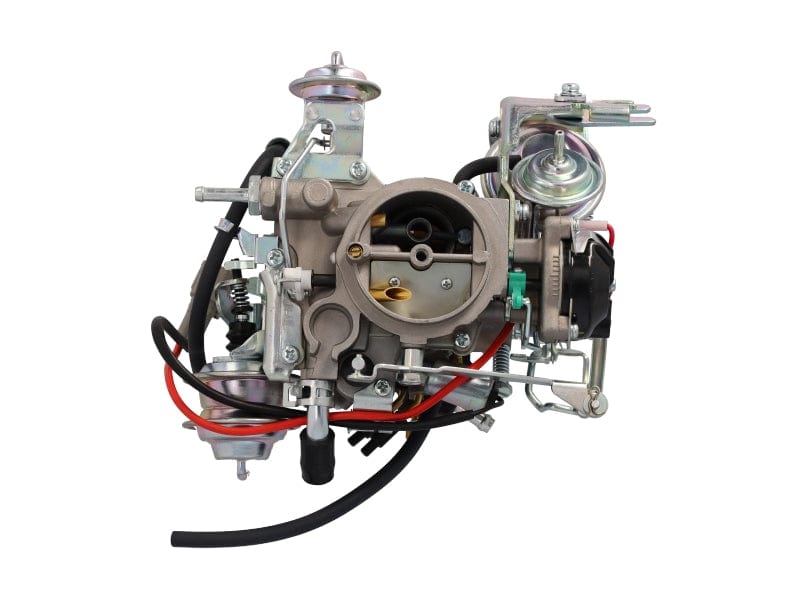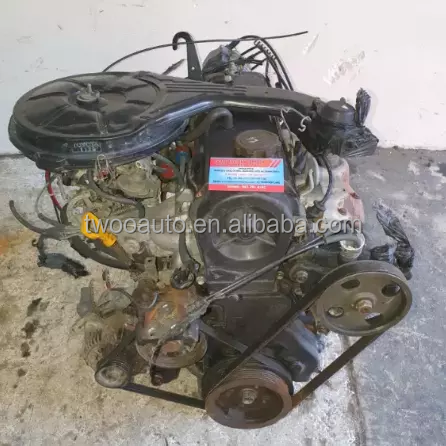Check Out the most up to date Patterns in Engine Modern Technology Through Tazz
In the swiftly progressing landscape of automobile modern technology, Tazz stands at the forefront, highlighting considerable developments in engine systems that focus on both advancement and sustainability. tazz. From hybrid engines that maximize gas effectiveness to the development of hydrogen gas cells, the trends shaping modern-day powertrains are not only boosting efficiency but also dealing with vital ecological difficulties. As the industry remains to push limits, it is important to consider just how these growths will certainly influence future transportation solutions and the more comprehensive ramifications for global energy intake. What lies in advance in this pivotal transformation?
Crossbreed Engine Innovations
Crossbreed engine technologies represent an essential change in vehicle technology, integrating the advantages of internal burning engines with electric propulsion systems. This assimilation not only improves fuel efficiency however likewise minimizes emissions, conference progressively strict ecological laws. By making use of both power sources, hybrid engines can enhance performance, supplying power when needed while conserving gas throughout less demanding driving conditions.
Current innovations in crossbreed technology consist of enhancements in battery efficiency and regenerative stopping systems. These innovations allow for better energy recuperation throughout slowdown, which can be redirected to aid in acceleration or power accessory systems. Suppliers are concentrating on light-weight products and portable styles to make best use of the efficiency of crossbreed powertrains.
The advancement of plug-in crossbreeds has also broadened the market, enabling drivers to bill their vehicles using standard electric outlets. This feature typically enables for significant all-electric variety, more reducing dependence on standard fuels. tazz. As the automotive market proceeds to evolve, hybrid engine innovations are anticipated to play a crucial role in connecting the gap between standard lorries and totally electrical versions, providing a transitional service that caters to diverse consumer needs and preferences
Breakthroughs in Electric Powertrains
The auto landscape is quickly evolving, with electric powertrains becoming a leading force in sustainable transportation. Advances in electric lorry (EV) modern technology are significantly improving efficiency, customer, and performance experience. Key developments include renovations in battery chemistry, which have raised power thickness, minimized charging times, and expanded general battery life.
Solid-state batteries, for instance, promise to change the market by supplying higher security and efficiency compared to typical lithium-ion cells. Innovations in regenerative stopping systems are allowing cars to recover energy throughout slowdown, adding to overall performance.
Along with battery technology, electrical motor styles are becoming more advanced. Developments such as incorporated motors and advanced thermal monitoring systems are helping to optimize power shipment and lower weight, inevitably improving car characteristics.

Jointly, these advances emphasize the dedication to transition in the direction of cleaner, more efficient transportation services, placing electric powertrains at the forefront of vehicle advancement.
The Surge of Hydrogen Gas Cells
Increasingly, hydrogen fuel cells are getting grip as a feasible option to typical internal burning engines and battery electrical vehicles. This modern technology takes advantage of the chemical power saved in hydrogen, transforming it right into electrical power via an electrochemical reaction with oxygen. The main byproduct of this process is water, making hydrogen gas cells an eco pleasant alternative with no emissions at the tailpipe.

Car manufacturers are increasingly buying hydrogen fuel cell innovation, acknowledging its image source possibility for long-range applications and rapid refueling abilities that measure up to traditional gas. Additionally, sectors such as sturdy transport and public transit are particularly appropriate for hydrogen gas cells, where battery electric remedies might drop short as a result of weight and range restrictions.
As research study and financial investment remain to increase, hydrogen fuel cells are poised to play a substantial duty in the future landscape of tidy transportation and energy remedies.
Enhancements in Internal Combustion Engines
Advancements in interior combustion engine (ICE) technology are check my blog transforming traditional vehicles to satisfy modern-day environmental standards and efficiency expectations. One of one of the most significant enhancements involves the integration of innovative fuel shot systems. These systems enhance the air-fuel blend, improving combustion performance and leading to decreased emissions. Straight gas injection, for circumstances, enables much better atomization of gas, causing more full combustion and enhanced power output.
Furthermore, turbocharging has gained prestige, permitting smaller sized engines to supply higher efficiency without the weight of larger engines - tazz. This modern technology not just enhances effectiveness yet likewise contributes to lower fuel intake. Variable shutoff timing systems are additionally being improved, allowing engines to adjust to various driving conditions for boosted torque and responsiveness
Additionally, making use of lightweight products in engine building is becoming standard, additional improving fuel efficiency by decreasing overall car weight. Engine control systems (ECUs) are significantly advanced, enabling real-time changes that maximize efficiency and discharges.
These enhancements jointly represent a crucial shift in ICE technology, straightening with worldwide sustainability goals while still providing the performance chauffeurs anticipate from their cars. As the sector develops, these renovations continue to form the future of traditional vehicle engineering.
Future Trends in Engine Performance
Substantial advancements in engine efficiency are anticipated as producers focus on incorporating sophisticated innovations to satisfy stringent environmental regulations and consumer needs. The change in the direction of electrification, crossbreed systems, and different fuels is reshaping the auto landscape, driving developments that boost gas economy and minimize discharges.
One of the crucial patterns is the application of innovative products and making methods. Light-weight compounds and high-strength alloys contribute to minimized automobile weight, thus my link improving overall effectiveness. In addition, the adoption of turbocharging and variable valve timing innovations enables improved power output from smaller engines, further enhancing gas economic climate.

Conclusion
Innovations in hybrid engine systems, electric powertrains, and hydrogen gas cells show a dedication to lowering exhausts while enhancing efficiency. Renovations in inner combustion engines and a focus on light-weight materials contribute to total engine performance.
From hybrid engines that enhance fuel performance to the introduction of hydrogen gas cells, the fads shaping modern powertrains are not just enhancing efficiency however also resolving critical ecological obstacles.Crossbreed engine advancements represent a crucial change in automotive modern technology, combining the advantages of internal combustion engines with electrical propulsion systems.Additionally, turbocharging has gained prestige, allowing smaller engines to provide greater performance without the weight of larger engines. Furthermore, the adoption of turbocharging and variable valve timing innovations allows for improved power outcome from smaller sized engines, even more enhancing gas economic situation.
Improvements in interior burning engines and an emphasis on lightweight products add to general engine efficiency.